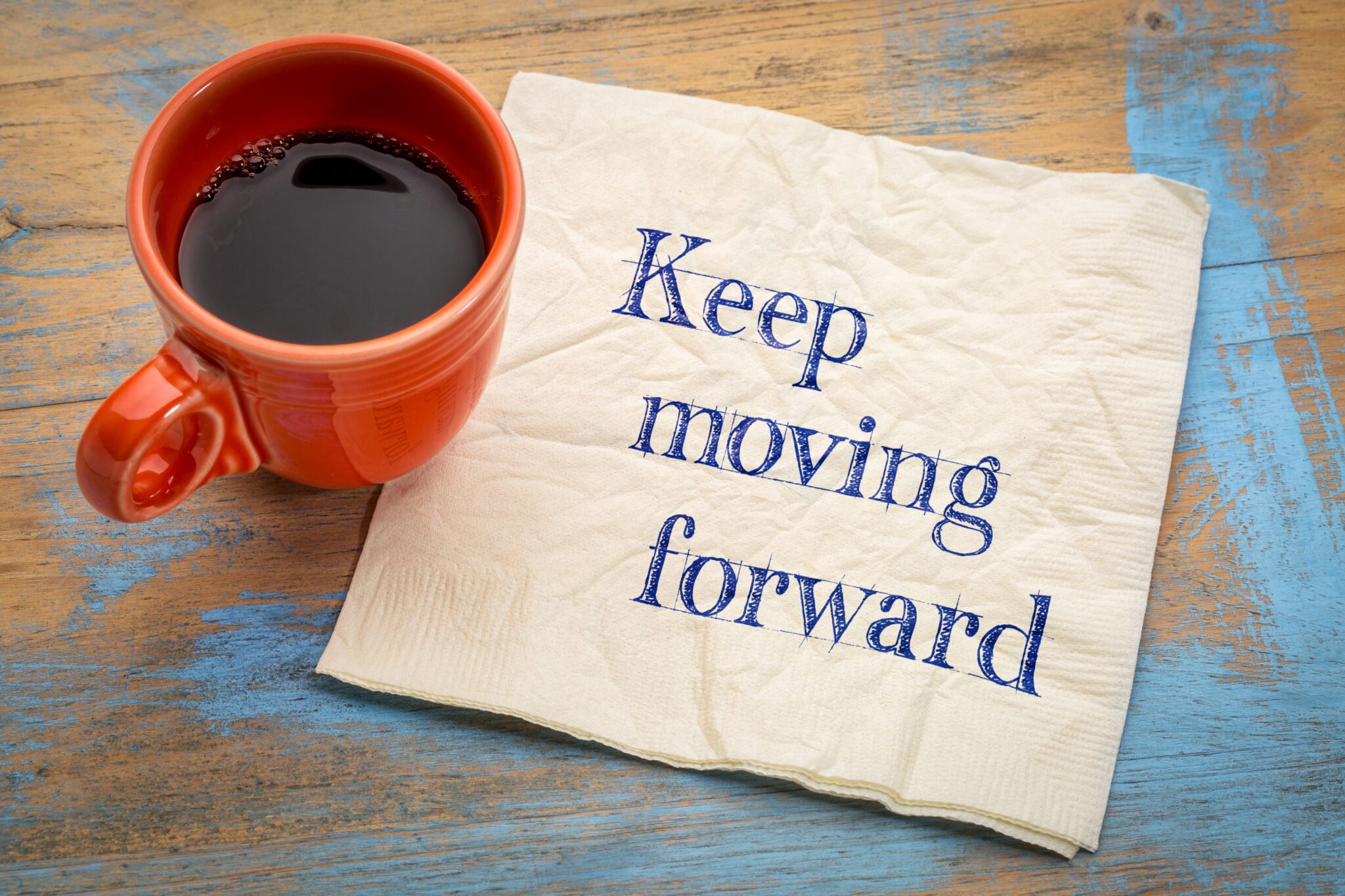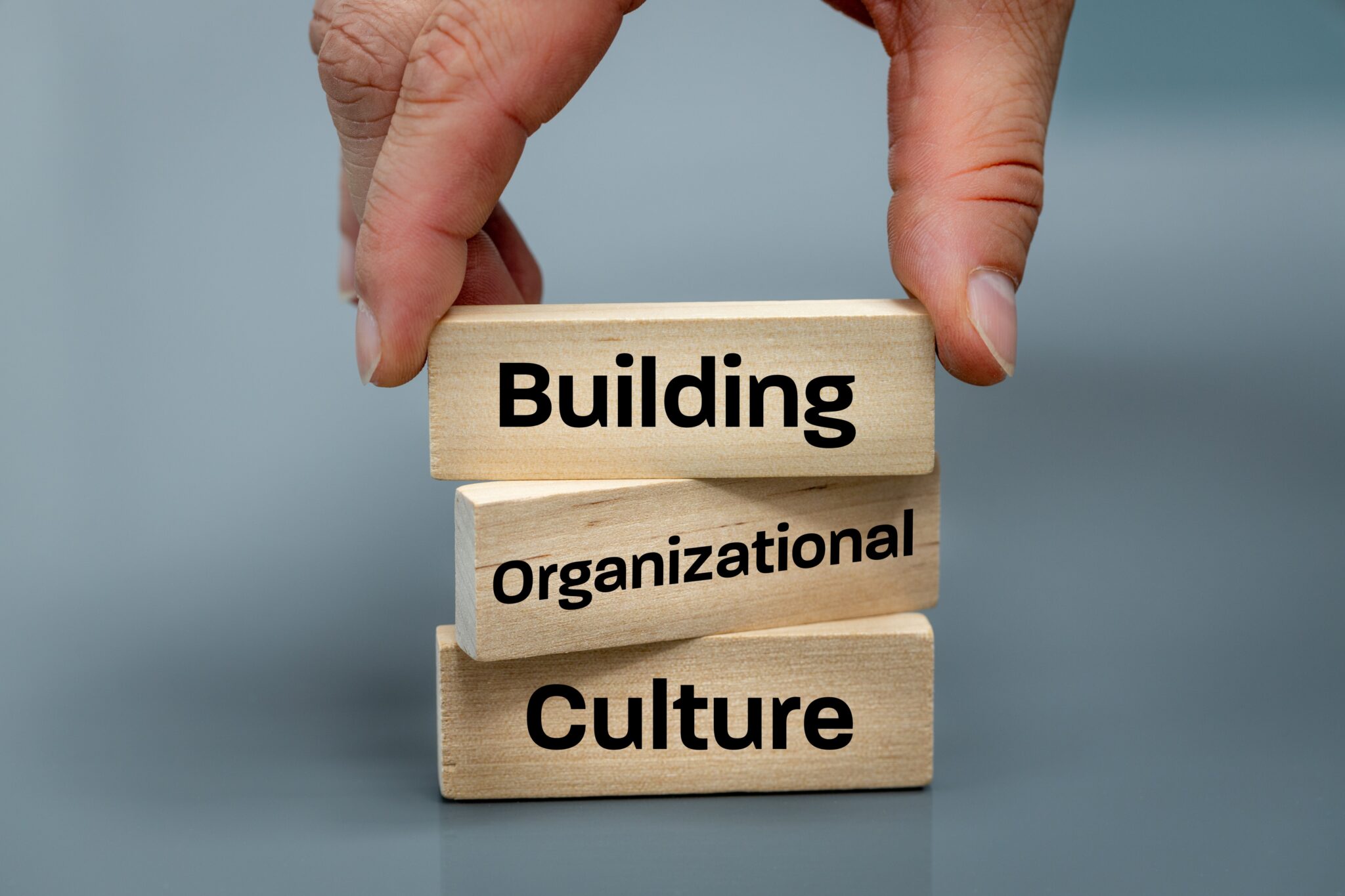One of the first tools EOS Implementers™ help a Leadership Team create is an Accountability Chart™. After it’s created, Leadership Teams generally spend the next 30-60 days refining their Accountability Chart so it accomplishes three things: (1) it represents the structure that will get them to the next level; (2) it creates simplicity and clarity; and (3) it identifies who is accountable for what.
During our two Vision Building™ sessions, the first question we ask is “Is this the right structure?” Our goal is to get each member of the Leadership Team to answer “yes” so they are all on the same page. One member of a Leadership Team with whom I work consistently said “no,” and provided vague reasons for the response.
Over time, that particular team member described the early days of the company — when the company was comprised of three people. And they all wore multiple hats, doing whatever it took to grow the company. And they all talked to each other and planned and brainstormed — every day. And all three of them knew exactly what the founder/CEO was thinking and envisioning.
Now, there are 50 employees in the company. Now the three original players all have different roles and accountabilities. Now this team member is the leader of one of the company’s five divisions, with direct responsibility for 10+ employees. Now there is not enough time for daily discussions and brainstorming sessions with the founder/CEO. And now the team member, without realizing it, tells the Leadership Team the root cause of the Accountability Chart issue is — “we aren’t a family anymore even though we pretend we are.”
It is not uncommon for leaders to refer to the entire team as family, especially in the early stages of the company when a few people wear all the hats. It sounds reasonable, because as leaders we want our team to know we care about them, that they aren’t a number on an assembly line. However, there is a problem here — our team exists to achieve a shared vision through accountability and great service. They are not a family. And we cannot treat them as family. Why?
Because each person on your team may have a different perspective of what it means to be a family, which could lead to misunderstandings, resentments, and downright displeasure. Sometimes a team member doesn’t live up to the company’s shared vision. Perhaps they are not the right person or they aren’t in the right seat. And a leader may have to help that employee grace the doorstep of another employer where they will be the right person in the right seat. In a family, we don’t fire someone for not accomplishing their chores.
So the next time you think about your company as a family, I implore you to rethink that position. And remember, that doesn’t mean you have to abandon caring about your people. Honestly caring about your team is one hallmark of a great leader. Genuinely caring about your people and being committed to them is vital and non-negotiable.
Would you like to learn more about determining the right structure for your company? EOS®’s Accountability Chart is one of the tools to do that, and I would love the opportunity to tell you more about it. Please fill out the consult form below to request a free, no-obligation phone call with me. I’m looking forward to learning about your business, your challenges and discussing how EOS®can help you grow your team.





